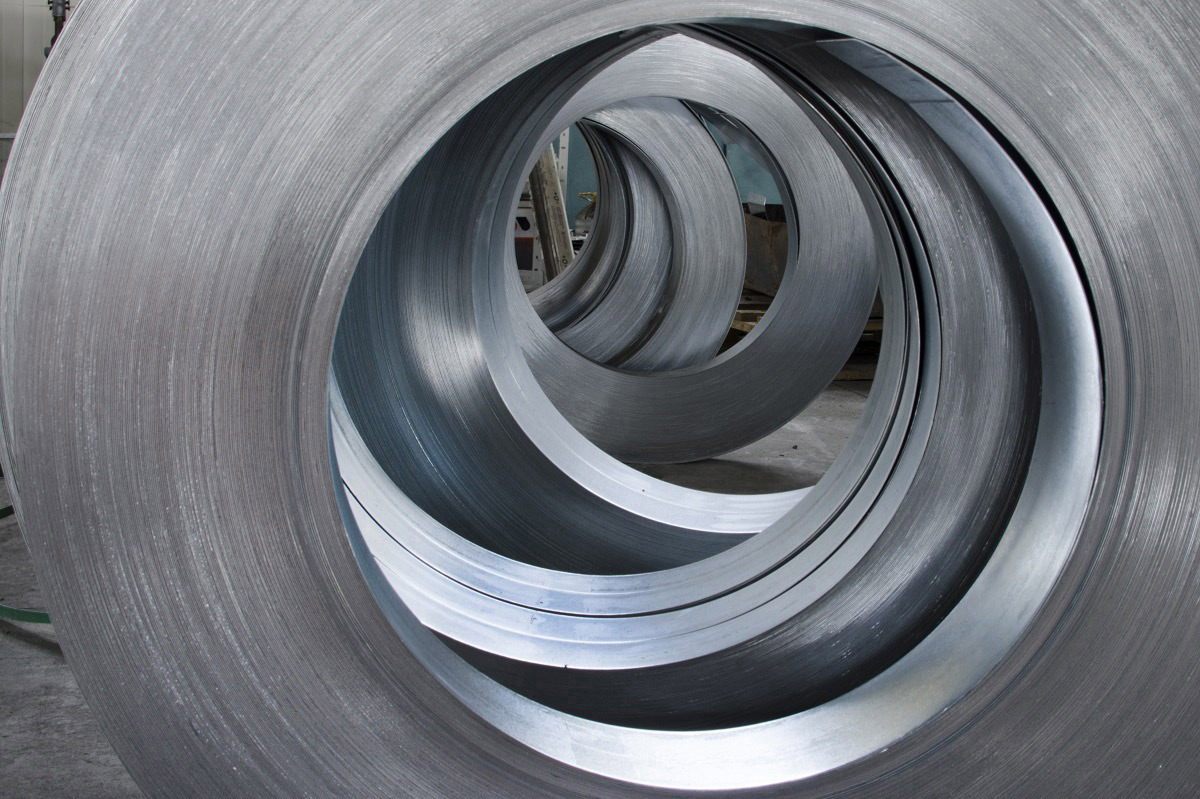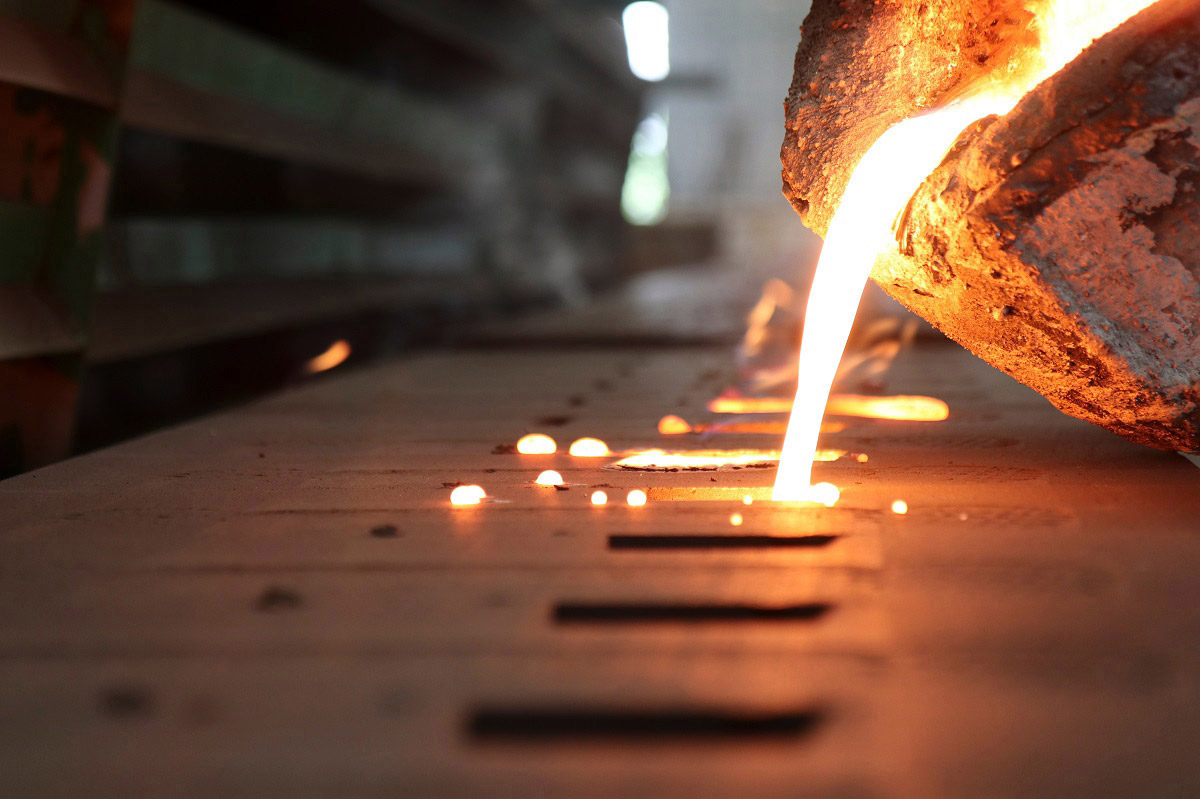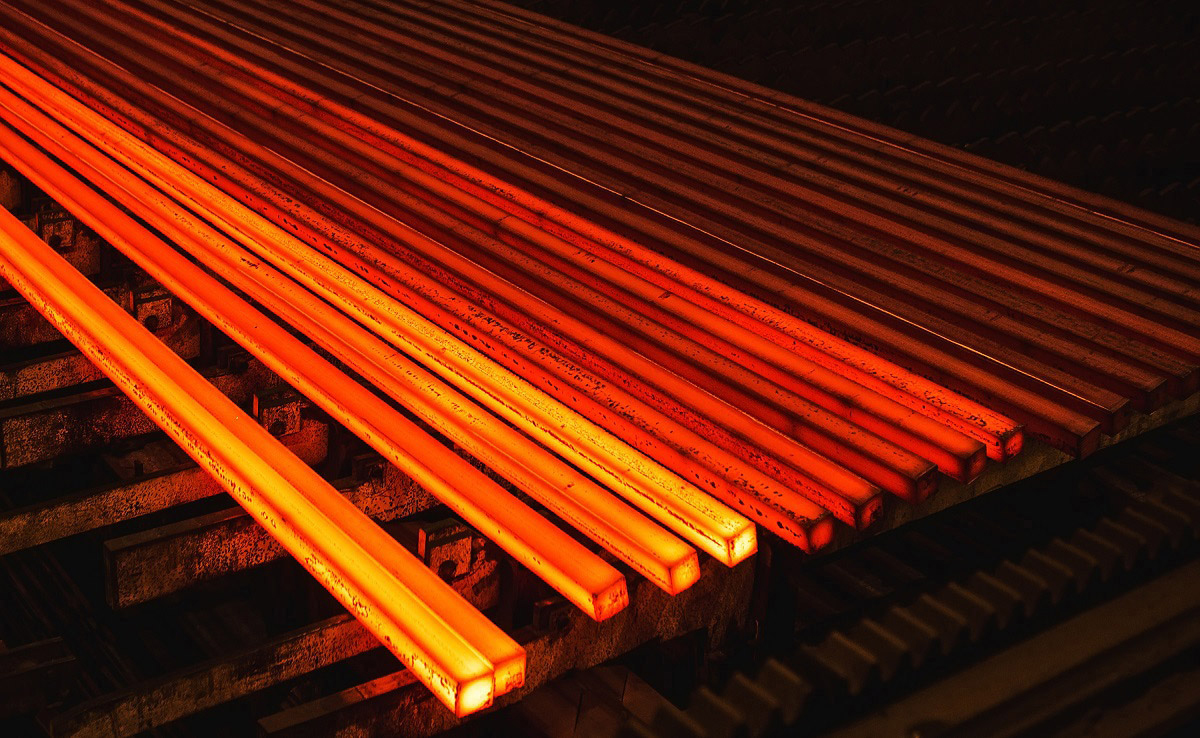
Two popular forms of metal fabrication include casting and forging. These processes have been used for thousands of years, and each offers a unique array of benefits that should be used to create certain metal components.
When it comes to forged vs. cast, which is better?
What Is Casting?

In the casting process, metal is heated until it is molten, meaning the metal turns into a liquid state. This molten is poured into a mold where it cools and hardens into the desired shape. Casting is often used to create mass productions of parts that need to be identical.
Several types of casting exist. For example, die-casting is a process that takes the molten and forces it into a die instead of a mold. The consistent pressure keeps molten in place until it hardens in the die. Die-casting is known for its high-speed applications.
Permanent mold casting is another example of casting. It relies on either gravity or a vacuum to fill the mold until it hardens. While this type of casting produces stronger castings, it can prove difficult to remove. This is why semi-permanent mold castings are also available, as they have expandable cores that make it easier to remove the castings.
Why Use Castings?
Castings are used to create a variety of components and parts that are large, intricate, or complicated for other processes to create. As long as castings are composed using the right alloys and using approved heat treatment methods, they are strong and high-quality, making them ideal for industries across the board. The casting process is especially ideal for making parts with internal cavities.
Using castings comes with noteworthy benefits such as:
- Wide range of alloy options
- No upper size limit when it comes to casting weight
- Cheaper tooling compared to other cheaper forge dies
- Casting alloys such as chrome and nickel can easily be added to production in their molten stages versus forgings that remain solid
- No issues forming intricate or complicated parts
- Smaller production runs
There are nine primary industries that rely on castings including agriculture, defense, automotive, culinary, health care, paper, and construction. Castings help form turbine wheels, railroad car frames, mining machinery, and many other parts that are used daily. Because castings can be completed using so many metals with unique properties and purposes, it’s uses and applications in the real world are everywhere.
What is Forging?
Forging is another commonly used metal forming technique that heats up metal before it is hammered and worked into the final shape. The pounding action involved in forging to create the desired shape and results in unbroken grain flow in the metal.
This allows the metal to retain its strength; forgings are typically stronger than castings but there can be restrictions in terms of manufacturing capabilities.
Forging can be completed if the metal is room temperature, a process referred to as cold forging. When the metal is heated to a temperature above room temperature but below its recrystallization temperature, it’s referred to as warm forging.
Why Use Forging?
Forging is a popular metal forming technique due to the uniform composition and structure it produces. Because the thermal cycle and deformation process cause metallurgical recrystallization, the resulting product is very strong.
For example, forged steel is usually stronger and more reliable than plate steel or castings because of how the grain flows of the steel are altered, allowing it to conform to the part’s shape.
Some benefits of metal forgings include:
- Stronger and tougher than its alternatives
- Its ability to handle impact better than castings
- No porosity, shrinkage, or cold pour issues due to its nature
- The tight grain structure makes it mechanically strong, meaning there is less of a need to use expensive alloys to achieve strength
- High resistance to wear and tear
- Products have longer lifespans without being overly hard
- Nearly any metal has the ability to be forged, including ferrous and non-ferrous metals
Generally speaking, if your end piece can be forged, it should be forged. Doing so will result in a stronger, more consistent part that has a tighter grain structure. This product will have a longer lifespan compared to other manufacturing processes.
What’s Better, Forging or Casting?

With so many differences between casting and forging, it can be difficult to determine which is the better option. Metal products that have been forged offer higher strength than products processed with castings. The fact that the metal’s grain is stretched helps it maintain its strength. On the downside, forging has size restrictions, including the thickness of the metal, and can be more difficult to execute.
Casting is cheaper than forging and it is ideal for complex shapes with intricate details due to the molten-pouring process. Nearly any material can be cast and this manufacturing process can produce products up to 200 tons.
When comparing casting and forging, the superior process depends on the item being manufactured. You should choose the process that will produce the highest-quality end result based on the project.
At Schaumburg Specialties, we offer many different metalworking processes, like metal punching, forming, welding and painting. If you have any questions or want to request your custom project quote, contact us at 800-834-8125.